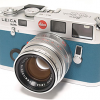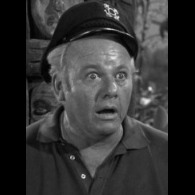Picking a film scanner... What a pickle
-
Recently Browsing 0 members
- No registered users viewing this page.
-
Similar Content
-
Apple Picking
By war,
- 1 reply
- 142 views
-
- 5 replies
- 396 views
-
- 59 replies
- 2,429 views
-
Film / Handgepäck-Scans an Flughäfen mittels CT-Scanner und herkömmlichen X-Ray-Scanner
By Andreas_Kreuz,
- 2 replies
- 668 views
-
- 44 replies
- 3,715 views
-





Recommended Posts
Join the conversation
You can post now and register later. If you have an account, sign in now to post with your account.
Note: Your post will require moderator approval before it will be visible.